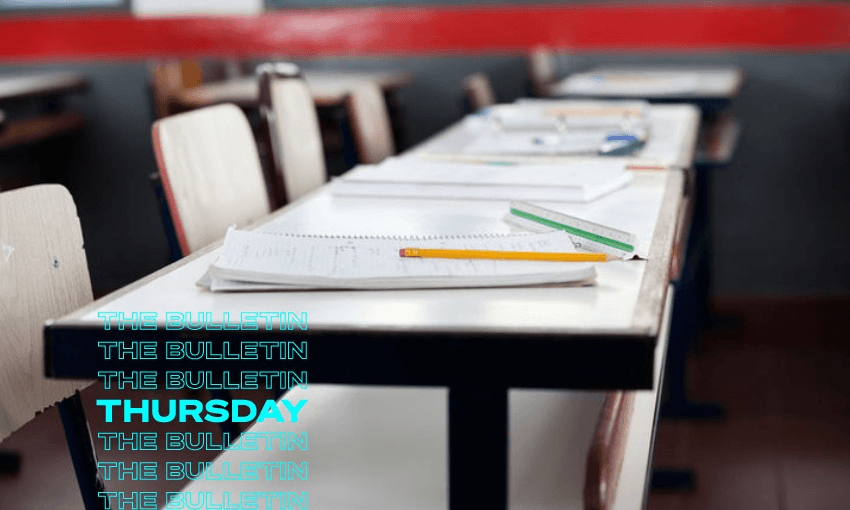All students can return to class next week, but it’ll be part-time for most of them until after the Christmas break, Justin Giovannetti writes in The Bulletin.
Get those lunch boxes packed, school is headed back in level three. All students in Auckland and Waikato can return to classes next week, but most primary and intermediate schools will only open part-time in a bid to reduce the ongoing risk of Covid-19 transmission. As One News reports, years 9 and 10 will return full-time from next Wednesday, joining years 11 through 13 who have been in school since last month. The situation is more complicated for years one through eight. While they can also resume classes from November 17, each school and kura is being asked to come up with their own plan for part-time learning until the end of the year. That might be alternating days or half weeks, depending on the school. The Spinoff has written a guide for parents.
The benefits of reopening outweigh the risk of Covid spreading. After nearly three months of disrupted education, Auckland’s high vaccination rates means the calculus has shifted in favour of opening schools up, education minister Chris Hipkins said yesterday, while also appearing in his role as Covid-19 response minister. RNZ spoke to students excited to head back to class after months of trying to learn through a computer. Students are more likely to be infected in out-of-school activities than in the classroom, according to Hipkins. The journal Science has concluded that reopening schools hasn’t contributed to any further community spread of the virus overseas.
There will still be measures in place to control Covid. While younger students aren’t eligible for the Pfizer vaccine, measures are being put in place to control the virus. Mask wearing will be required from year four and up, there will be a focus on ventilation in classrooms and limits on how many students can be in schools at any time. “As vaccination rates increase, including the requirement for teachers to have at least one Covid-19 vaccination from Monday, the risk to children and students is lowered,” said Hipkins. The Conversation has an explainer on how to get the most out of your kid’s mask.
What about next year? Once the summer holiday is over, the government faces a longer-term challenge getting all students back into classrooms permanently. The education minister repeated yesterday that the government’s plan to improve ventilation is to leave windows open year-round. Experts have generally rolled their eyes at that suggestion. Jin Russell, an Auckland paediatrician, has said the government needs a plan for the winter:
“It will be harder to ventilate classrooms or take activities outside and seasonal respiratory viruses surge. Planning should include strategies for an efficient and equitable paediatric vaccine rollout including at schools, improved ventilation in school, the provision of portable air purifiers with HEPA filters for those classrooms which are hard to ventilate or high-risk, and trialling the use of rapid antigen testing for schools such as in Victoria”.
This is part of The Bulletin, The Spinoff’s must-read daily news wrap. To sign up for free, simply enter your email address below
